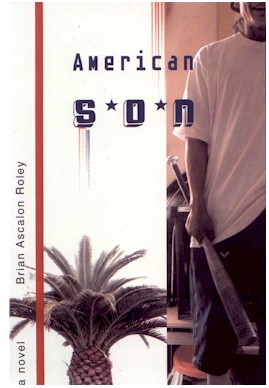Philip Vera Cruz exemplified the experiences of the manong generation from the 1900s-1960s and the challenges and obstacles they faced upon entering the United States. Vera Cruz was the co-founder of the AWOC (Agricultural Workers Organizing Committee), a primarily Filipino organization, which later merged into the National Farm Workers Association, a primarily Mexican-American organization, to become the United Farm Workers. As a prominent figure in these organizations, Vera Cruz helped organize the 1965 Delano Grape Strike, which by 1970 attained a collective bargainning power of over 10,000 workers. Vera Cruz's devotion to the cause of fair labor helped propel the efforts of striking Filipino/Mexican farmworkers to a national spotlight.
In his memoir, Philip Vera Cruz: A Personal History of Filipino Immigrants and the Farmworkers Movement, Vera Cruz recounts in straightforward and honest terms, his experience working as a laborer and labor leader during the 1960s-1970s. In the book, he highlights the unfairness of the white farm owners towards labor, the detrimental politics that existed within farm labor organizations, the sense of connection towards a distant but still pertinent homeland and most importantly, the unsung role of Filipino laborers in the creation of the farmworkers labor movement of the 1960s. Vera Cruz’s book is overall, an attempt to give a voice that was previously not accorded to these now aging/deceased men.
When speaking of the creation and maintenance of the United Farm Workers, Vera Cruz gives great insight into the difficulties posed not just by interracial labor organization but by extension, any sort of interracial activism. In the book, Vera Cruz complains how despite their labor experience and status as old-timers, Filipino farmworkers were poorly accommodated in the UFW as they had little voice in many union meetings, were faced with unfair hiring hall practices and were allocated little financial aid. Vera Cruz’s complaints illustrate the issues, which occur once a “majority within a minority” becomes dominant enough to assert their own power for their own purposes. Indeed, Vera Cruz’s bitter recounting of Chavez’s praise of the Marcos regime after visiting the Philippines in 1977 very much illustrates the disconnection such a significant labor leader had with the Filipinos as a whole. In order to preserve his political image within the UFW, Chavez would ignore/deny the crimes of the Marcos regime.
As Vera Cruz also states in the book, while it can’t truly be stated that Caesar Chavez cared less about addressing the issues of the Filipinos within the UFW, it could be said that the organizational structure of the union meant that the dominant Mexican interests would be in control of much of the union. Vera Cruz also points out how as more and more Mexicans entered the UFW, the organization became more “ethnocentric,” that is, members considered it to be a Latino organization, thus ignoring the past efforts of Filipino laborers. Through his account, it can be seen how as activist movements become more and more ethnocentric in nature, exclusions can occur which render the efforts of other ethnic groups invisible. It is little wonder that the history of the farm labor movement of the 1960s is one that was told, and frequently is still told today to be a product of solely Hispanic efforts. Philip Vera Cruz's work offers a counter-narrative, which addresses the shared struggles of both Filipino and Mexican laborers.









